With an idea to rejuvenate the taste of Indians, with the flavor of traditional spices of their own land, Asvin Simon gathered up his passion for fast food to open up a Quick Service Restaurant (QSR) in Chennai and has never looked back.
Asvin Simon always had a passion for fast food. His idea was to introduce a unique taste in the fast food market with a twist in the menu and came up with the idea of launching ‘Bangs’. Simon finally formed his company — India’s first domestic spiced flavored fried chicken brand— in the year 2009 in Chennai.
It was the journey which started developing from a small shell and emerged out as the fastest growing Quick Service Restaurant (QSR) chain in India. “We took the first footstep by opening a small kiosk in just 80 sq. ft. area, but today we are actively engaged in more than 13 states through 35 plus outlets. These outlets are a mix of three formats — restaurant, kiosk and express,” said Simon.
Though the task to set up a whole new fast-food restaurant among many other giant multi-nationals in India was quite a tough take, Simon believes that customers are deeply connected to their roots and what they seek is quality in taste with pinch of their culture.
“I believe that there is a lot of craze in India for international brands. I boldly accepted the challenge of stepping into the QSR industry to make the fast food lovers understand that an Indian brand, Bangs, can also give customers the same quality and quantity products with the better pricing option for their pockets,” says Simon.
Reinventing the spice:
With a number of local and international brands in operation, QSR is an extremely competitive and crowded market. It takes fine balancing for Simon in terms of positioning in the market among other QSRs which offer burgers and fried chicken. “The food and beverages market is a growing one and there is an increasing demand for fast food these days. Bangs India Pvt. Ltd. is well positioned to deliver in this market because of its extensive range of food. This major asset would enhance Bang’s value proposition to both Indian and international consumers. There is a tremendous potential in this industry — regionally, nationally and internationally,” said Simon.
Market strategies
In order to gather more customers from different regions, Simon chose to initiate his food business with a small concept. He opened up kiosks, and fortunately, the idea struck at the right chord. “Small formats have potential to appeal to foodies. We are getting a positive response from these outlets. As to make the sales better, we offer home-delivery for better turnover. This got me very good results. I could generate enough volume to think of expansion. I decided to set up many more kiosks to cover different regions of the cities, rather than going for the restaurants,” says Simon.
When success that he obtained from his food started coming his way, Simon desired to open up his shell to spread out even more. Consequently, he introduced the other two formats for his QSR — restaurant and express. He had a clear desire to penetrate into the corners of every region to make the presence of Bangs visible among foodies. “Through all these three formats — restaurant, kiosk and express — we are able to cover all cities. The thought behind number of kiosks was to acquire greater visibility in the cities. This was one way of making brand Bangs more noticeable,” says Simon.
Besides, he keeps the buzz alive in the media on a regular basis, which he feels is an effective tool for marketing approach. “We do regular basis lots of marketing activities like events, conferences, media interactions, PR news etc. Through all these promotional activities we ensure we are in news in all the places that we have outlets. It adds good mileage and sales in our outlets,” says Simon.
It is also a fact that no strategy is fruitful until your customers are satisfied. For Simon, customer benefit has always been a priority and he has always made sure that the product rates are affordable without compromising on the quality. He takes into consideration that the menu gets revised after every six months and new varieties are incorporated. He proclaims that people of this generation are so robotic that they take at least one meal of the day from the fast food market. “The primary reasons for this are the mouth-watering taste, affordability and the fast service where they don’t have to wait for long hours to get their meal,” says Simon.
Simon says he does not fret on market competition, as he is primarily concerned for his customers and wants them to relish his food without getting a wrinkle on face.
Gateway to franchising
Bangs adopted the franchising business model in the mid of 2010. This model was liked so much that within a span of one year the company has increased the number of outlets to 31 with numerous more outlets in the offing. Through the franchisee route, Bangs will expand its network with opening 500 outlets across the country in the next five years. Of these, only 100 would be company-owned, while the rest 400 would be franchise.
“In our franchised outlets, we are taking care of supply chain, product quality and training of the staff. As Bangs franchisee, the outlet owner will receive all the technical and marketing support on the continued basis. We also conduct regular visits and mystery audit checks,” says Simon. For the franchise model, the average investment is around Rs 20-25 lakh.
Forecasting growth
With the current revenue of Rs. 12 crore and aiming to stretch it over to Rs. 25 crore in next 30 months, Simon has wants to significantly expand his footprint across India. “We are looking cities and markets for expansions like Gujarat, Punjab, Uttar Pradesh, Tamil Nadu, Karnataka, Bihar, Madhya Pradesh, Maharashtra, Haryana, Himachal Pradesh, Andhra Pradesh, Srinagar, Kanyakumari and Rajasthan,” says Simon.
The company will be targeting metros and mini metros to set up its company-owned outlets. To fund this expansion Simon says he is looking to raise Rs. 20 crore via private equity.

























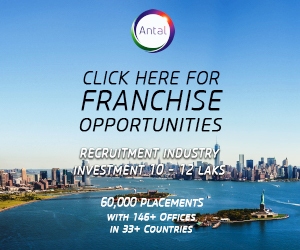
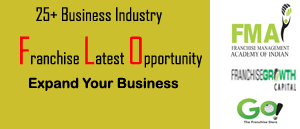
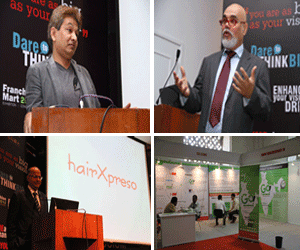
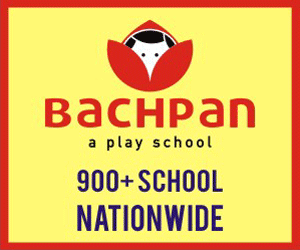

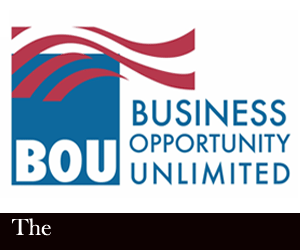
 +91 9909960054
+91 9909960054